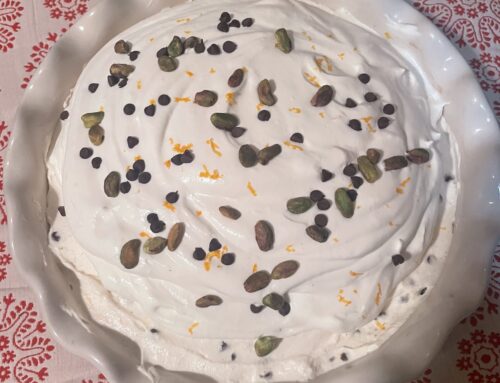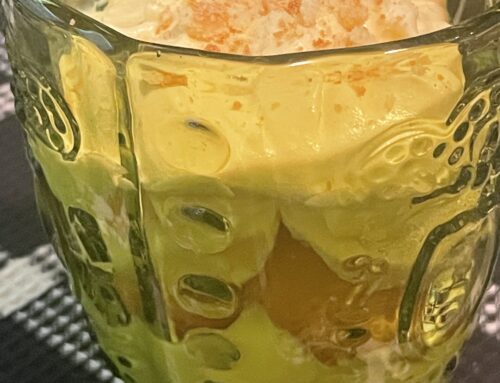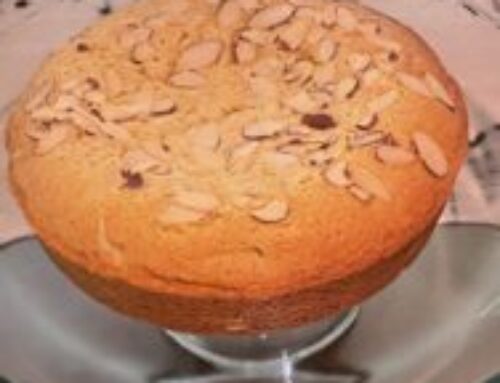
Last Friday afternoon I did my home state of Wisconsin proud. Yes, I made cheese. From scratch.
Now it wasn’t the pride of Wisconsin, mind you, the perfectly squeaky cheese curds (and if you’re reading and wondering what in the world I’m talking about, don’t knock ’em ’til you’ve tried them…you’ll fall in love, especially if they’re deep fried), but it was the cheese that’s fundamental to some of the best food on planet Earth. Pizza, pasta, and of course, the Caprese salad, which is particularly revolutionary because it sure doesn’t taste like salad.
In my cooking class, we made two kinds of cheese, the oh-so-heavenly fresh mozzarella pictured and a batch of equally tasty (but not nearly as photogenic) ricotta. Now from a few posts of Pinterest, I’ve discovered that making cheese really only involves a few basic ingredients. And while that’s true, the ingredients for fresh mozzarella involve a bit of hunting (more on that in a minute), and the process requires your complete attention. Apparently, cheese is a tad on the needy side and can go very bad in a hurry, so you can’t be in multi-tasking mode.
Now if I haven’t scared you off, and you want to give this a whirl in your home kitchen, here is the recipe for Easy Homemade Mozzarella, courtesy of Sur La Table.
Before I get to that, however, I’ve been on a bit of an Italian cooking tear lately. In addition to the aforementioned cheese, I made a traditional pizza margherita, a Spring pasta dish with grape tomatoes, arugula and our homemade cheese drizzled with balsamic, a sausage and pepper free-form pizza and midnight spaghetti with shrimp. All in all, a pretty fun time in the kitchen.
Now with no further adieu, here’s the recipe for swoon-worthy mozzarella…
Easy Homemade Mozzarella
1/4 teaspoon liquid rennet (widely available online)
3/4 cup cool water, divided
1 1/2 teaspoons citric acid (available online or at grocery stores such as Whole Foods, Central Market or specialty food stores)
1 gallon milk (raw milk if you have access to it or Mill King from Whole Foods works well)
sea salt
Equipment: Large heavy pot, colander or strainer, instant-read thermometer and rubber gloves
In a small bowl or measuring cup, mix liquid rennet into 1/4 cup cool water and set aside. In another small bowl or measuring cup, mix citric acid into 1/2 cup cool water, stirring well to dissolve the citric acid. Set aside.
Place milk in a heavy pot. Pour in the citric acid solution and stir vigorously to mix well with the milk. Place the pot over high heat and continue to stir while heating the milk to 90 degrees. When the milk reaches 90 degrees, remove the pot from the burner and slowly stir in the rennet solution in one direction for 30 seconds. Cover the pot and leave it undisturbed for 5 minutes.
After 5 minutes, check the curd, which should look like custard. It should have a clear separation between the curd and the whey around the edges of the pan. To do this, take the back of your spoon and very gently press down on the curd at the edge of the pan. If the curd is too soft or the whey is milky, let it set for a few more minutes. If your milk did not form a curd, you may have to re-evaluate your milk source for cheese making. Try another brand (we recommend two varietals above).
With a knife that is long enough to reach the bottom of your pot, cut the curd into 1/2 to 3/4-inch squares, creating a checkerboard pattern.
Place the pot back on the heat and the heat the mixture to 110 degrees while slowly and gently moving the curds in one direction with your spoon. When the mixture reaches 110 degrees, remove from the heat and continue slowly stirring for 2 to 5 minutes. A longer stirring time will produce a firmer cheese. Ladle the curds into a colander or strainer, discarding the whey. At this point, you may place the curds in a plastic bag and store in the refrigerator for 2 to 3 days before stretching into mozzarella.
When you’re ready to stretch, heat a post of water to 185 degrees. The pot should be large enough to accommodate your colander or strainer, allowing the curds to be fully immersed. Place the curds in a colander or strainer, immerse in the hot water, and let set for 3 to 8 minutes. Remove the curds a little at a time, and using rubber gloves, fold and knead the curd until it starts to become smooth, elastic and begins to stretch, reheating as necessary in the hot water. If the curd does not stretch like taffy, return it to the hot water since the curd must be at least 135 degrees to stretch properly. While stretching, knead in salt to taste. Shape the mozzarella into one or more balls and place in ice water to cool.
Voila, you’ve now got cheese to use in whatever yummy preparation you like best.






Leave A Comment